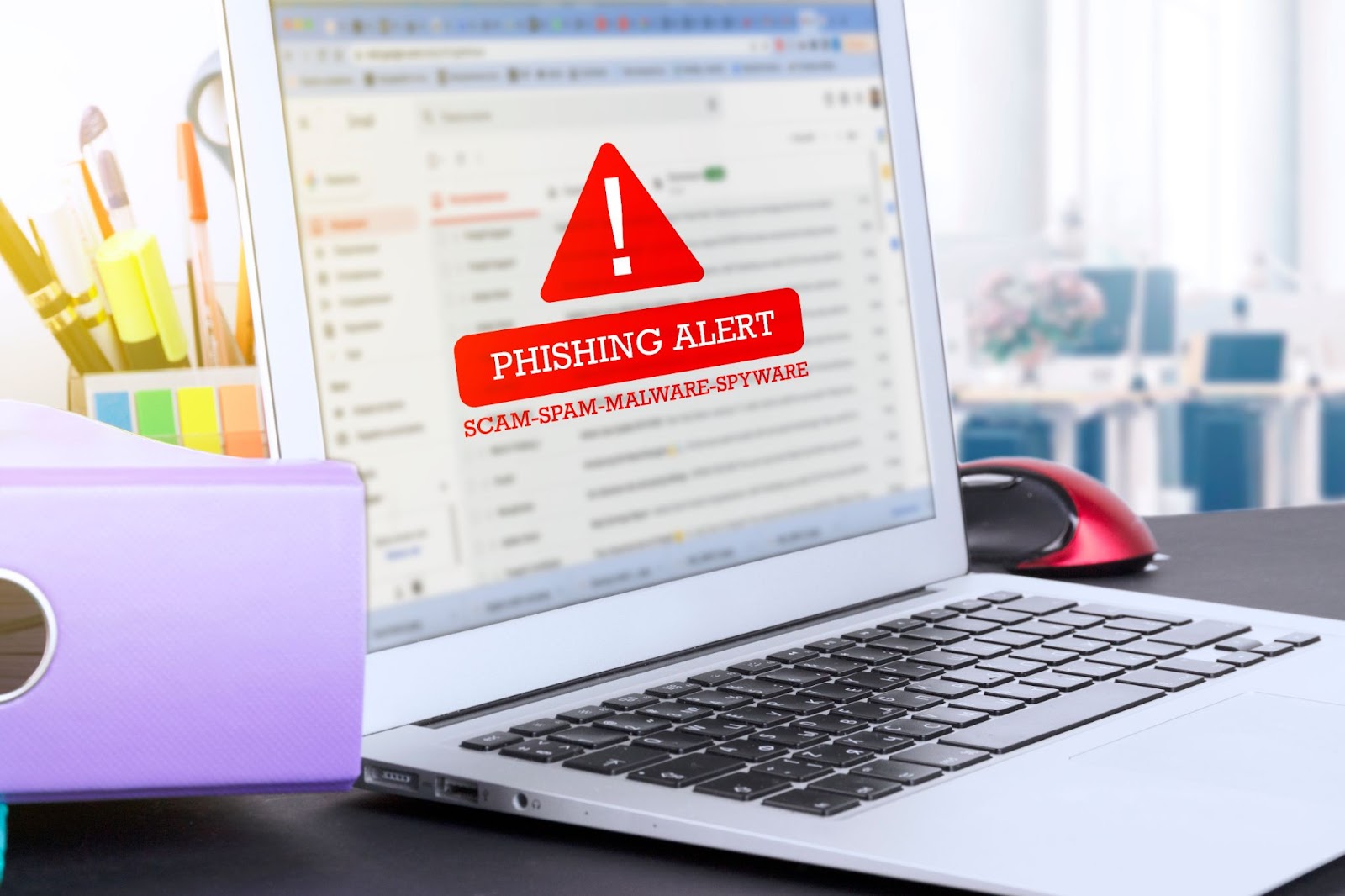The digital universe has exponentially expanded, presenting immense opportunities. Yet, with the growing technological landscape, threats like phishing and ransomware have cast dark shadows. It’s paramount for users to comprehend and combat these threats effectively.
Diving Deep: What are Phishing Attacks?
Phishing is an intricate cyber-attack where fraudsters attempt to trick users into sharing personal, financial, or sensitive information. This often happens through deceitful emails, malicious websites, or messages that mimic legitimate entities.
Types of Phishing Attacks:
• Email Phishing: Regularly sent to numerous potential victims, these messages pretend to be from reputed organizations.
• Spear Phishing: Targets specific individuals or companies, often using detailed specifics to seem authentic.
• Whaling: Targets high-profile individuals, often with the aim of gaining corporate secrets or financial data.
Ransomware: Holding Your Data Hostage
Ransomware is even more menacing. It’s a type of malware that encrypts the victim’s files, rendering them inaccessible. To regain access, victims are compelled to pay a ‘ransom.’
Ransomware Distribution Methods
• Exploit Kits: Tools that cybercriminals use to exploit security holes in software.
• Malvertising: Malicious advertising that can deploy automated attacks by merely visiting a compromised website.
• Phishing Emails: Yes, phishing again! Downloading an infected attachment from such emails can result in a ransomware infection.
The Deadly Combination: Phishing Ransomware Attacks
Blending phishing’s deception with ransomware’s threats creates a potent cyber cocktail. Victims, believing they’re interacting with a legitimate entity, inadvertently activate ransomware, which then encrypts their files.
Real-life Incident: In recent times, a renowned company was subjected to a phishing ransomware attack. A seemingly innocent email from their ‘bank’ led to their entire database being encrypted. The aftermath? A hefty ransom and weeks of data restoration.
Tactics to Counteract Phishing and Ransomware Threats
1. Multi-Factor Authentication (MFA): A layered defense strategy. If one layer is breached, attackers still have multiple layers to penetrate.
2. Educate and Train: Continuous training and simulation exercises can make employees vigilant.
3. Regular Software Updates: Outdated software is an easy target. Regularly update all software and operating systems.
4. Backup, Backup, Backup: Regular backups ensure minimal data loss. Store backups both on-site and in the cloud.
5. Advanced Threat Protection Tools: These provide real-time protection against advanced attacks, automatically checking email attachments and links for malicious intent. SUPERAntiSpyware™ has been defending against ransomware, threatware, and malware for over two decades.
The Bigger Picture: Socio-Economic Impact of Phishing
and Ransomware
Beyond individual victims, these attacks have broader implications:
• Economic Toll: Businesses can suffer monetary losses not just from ransoms but also from halted operations and tarnished reputations.
• Mental and Emotional Strain: Personal victims often report feelings of violation, stress, and anxiety.
• Distrust in Digital: Frequent attacks can lead to a general mistrust in online platforms and transactions.
Forward Path: Embracing a Safe Digital Future
The integration of technology into our lives is irreversible and, on balance, beneficial. However, threats like phishing and ransomware necessitate informed and proactive behavior. By understanding the perils of phishing attacks and ransomware, and by taking preventative measures, we can safely navigate the vast digital oceans.
SUPERAntiSpyware™ has protected millions of devices from billions of threats for decades. Find out why by downloading a free version today.
FAQ: Understanding Phishing and Ransomware
What is phishing?
Phishing is a type of cyber-attack where fraudsters attempt to trick users into sharing personal, financial, or sensitive information. This is usually achieved through deceptive emails, malicious websites, or messages that appear to be from legitimate sources.
How does ransomware work?
Ransomware is a form of malicious software (malware) that encrypts a victim’s files. Once the files are encrypted, the attacker demands a ransom from the victim to restore access to the data upon payment.
How are phishing and ransomware related?
Phishing can often be the initial method used to deliver ransomware to a victim’s system. For instance, a phishing email might trick a user into downloading an attachment or clicking on a link that deploys ransomware.
What are some common types of phishing attacks?
Some common types include:
• Email Phishing: Generic emails sent to multiple users, pretending to be from well-known organizations.
• Spear Phishing: Targeted attacks aimed at specific individuals or organizations.
• Whaling: Attacks targeting high-profile individuals, like CEOs.
How can I protect myself from phishing?
• Be skeptical of unsolicited communications.
• Check the email’s sender and URL carefully.
• Never download attachments or click on links from unknown sources.
• Use advanced threat protection tools and regularly update your software.
What should I do if I become a victim of ransomware?
• Do not pay the ransom, as it doesn’t guarantee you’ll regain access to
your files.
• Disconnect the infected device from the internet and any other
connected devices.
• Report the incident to local law enforcement.
• Restore your files from a backup if available.

